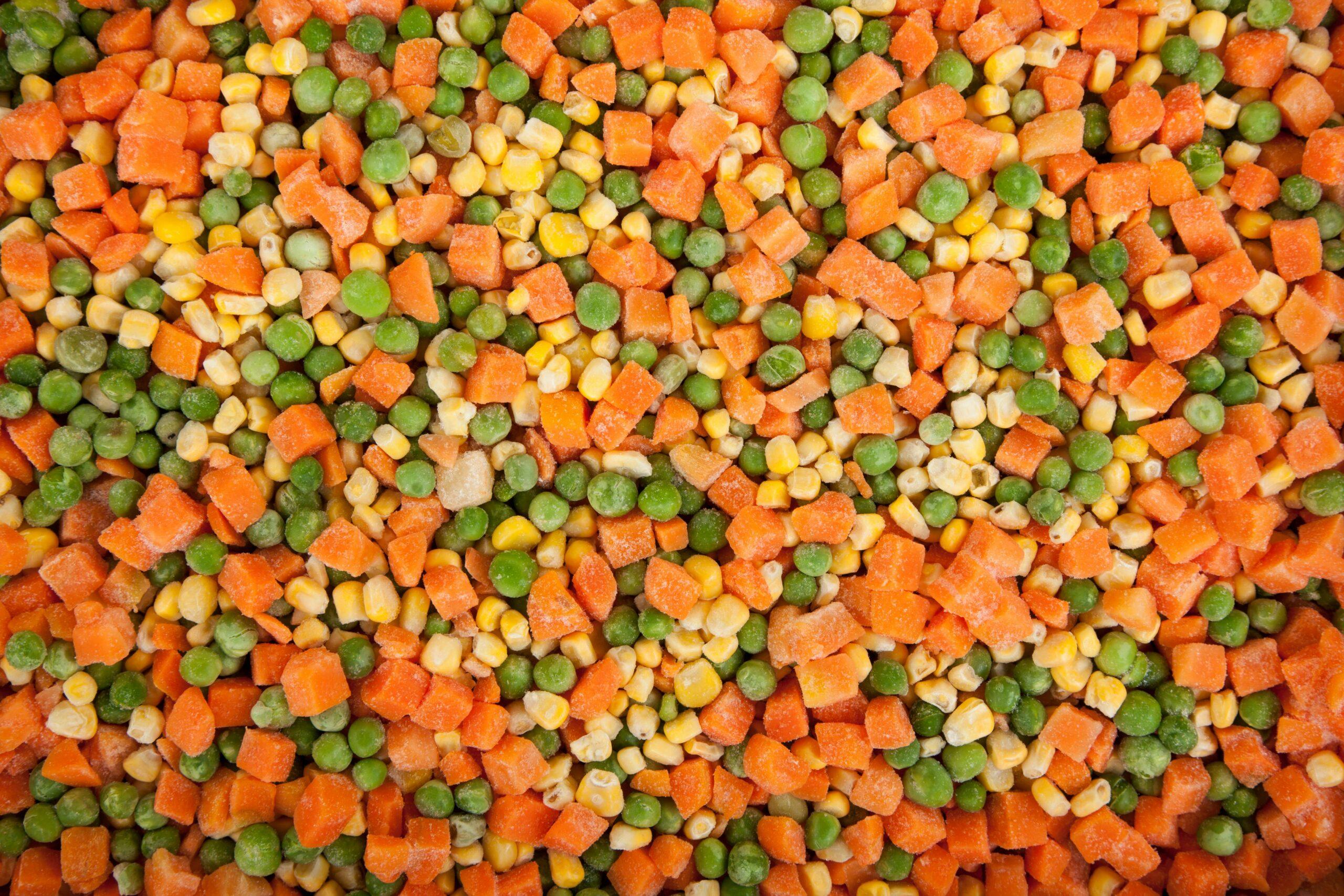We’ve all been there. We take an ambitious trip to the grocery store that has us loading up on fresh produce. But then…it starts to grow hairy by the end of the week. Don’t get us wrong, we love fresh fruits and veggies over here and the essential nutrients they give us. But sadly, certain types are prone to spoilage much sooner than others (hello berries). That’s where frozen produce comes in. Yes, we said frozen!
Is Frozen Produce Healthy?
Typically frozen food gets a bad name due to high amounts of sodium, saturated fat, and other additives that may be lurking around. TV dinners and frozen pizza – we’re looking at you. However, frozen produce is much different, and in fact, quite nutritious. Here’s why:
Frozen fruit and frozen vegetables are typically flash-frozen at optimal ripeness. This preserves their mineral and vitamin content almost immediately (though small amounts may be lost when blanching, a process that’s done prior to freezing). Conversely, fresh alternatives may too be picked at prime ripeness but then can take weeks to hit your plate due to packaging, transporting, storing, and stocking. The excess time between farm to fork can decrease nutrient content.
Need more convincing? Studies show no difference in nutrient content between certain fresh and frozen produce items. In fact, research shows that certain frozen types are actually superior to fresh ones.
Other benefits of buying frozen include longer shelf life (most frozen produce can last 8-12 months in the freezer), versatility, accessibility, and affordability. In general, organic frozen produce is less expensive than fresh. Plus by stocking your freezer with a few favorites veggies or fruit ensures you’ll always have some greens on hand even when you’re in a pinch.
You can also freeze your own fresh produce before it goes bad! Got a pack of fresh food in your fridge that you won’t be able to get through? Freezing it will prevent your food from going to waste.
5 Ways to Use Frozen Produce
1. Pasta
Cook pasta of your choice, drain, place frozen vegetables in the same pot on low heat (frozen peas, frozen broccoli and/or spinach works well). Then add sauce and let simmer, pour pasta back into pot, stir to evenly combine, top with parmesan, and enjoy! This recipe is one of my favs!
2. Yogurt
Combine frozen fruit (frozen berries or peaches work well) with plain Greek yogurt in a mason jar or tupperware. Let sit for ~2 hours or overnight, stir well before eating, and voila, blueberry yogurt without the added sugar.
3. Eggs
Eggs: spice up your scramble or omelette by sautéing frozen veggies in a skillet to start (peppers, mushrooms, and kale work well). Then, pour the eggs over, cook to your liking, and top it all off with some fresh herbs like dill or basil.
4. Smoothie
Combine a frozen vegetable (cauliflower or spinach work well) + fruit of your choice (mango or banana work well) plus milk or milk alternative, protein powder and/or nut butter, blend with ice, and get your sip on. Using frozen produce really boosts the creaminess and keeps it cold.
5. Soup
The sky’s the limit when it comes to frozen produce and soup-making. Throw whatever you’ve got on hand to amp up fiber, nutrient levels, and vitamin content in any stock (butternut squash, frozen green peas, and corn work well)
Get Personalized Nutrition Advice from a Culina Health Dietitian
Want more tips to make healthy eating easier? Book a session with a Culina Health dietitian.






